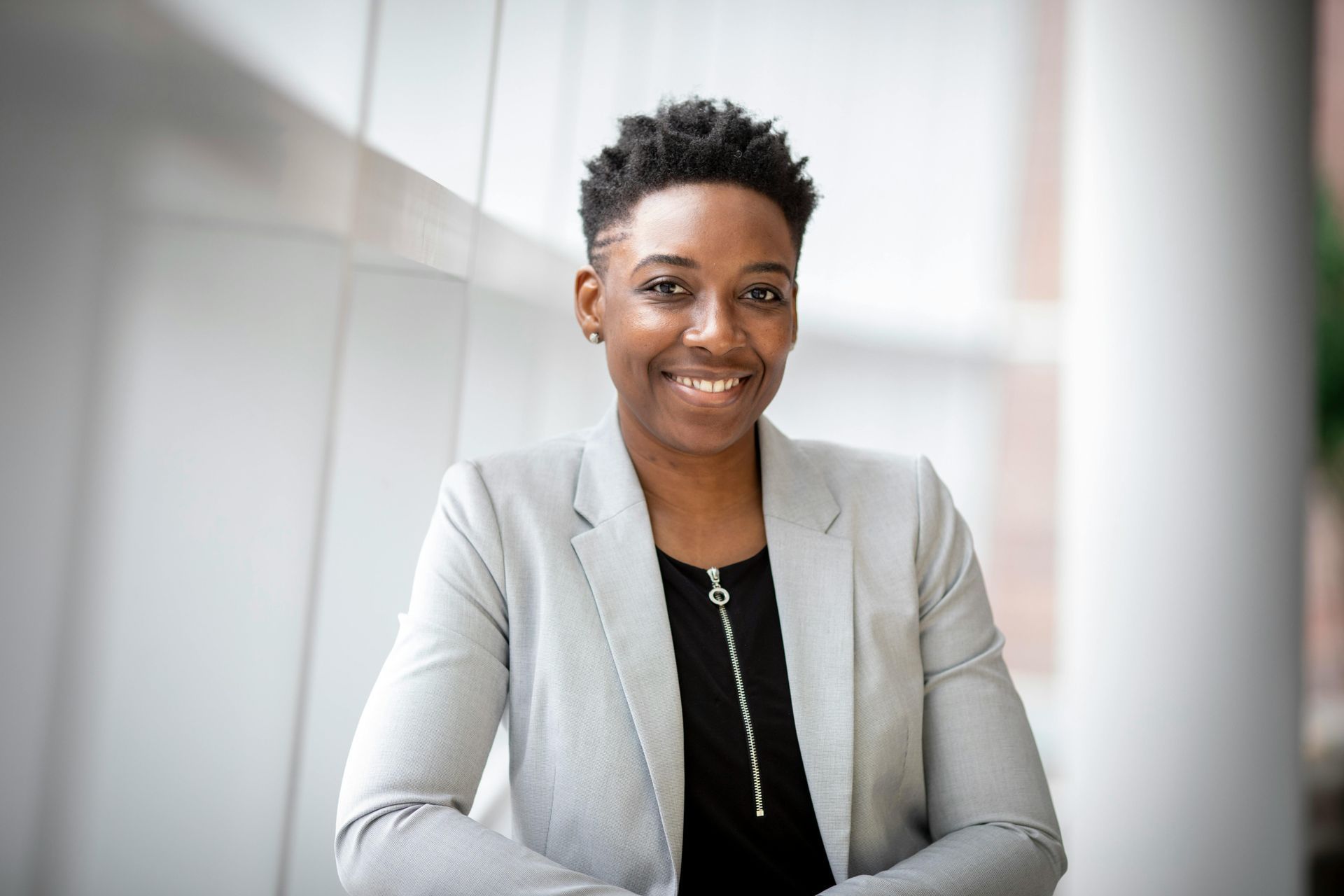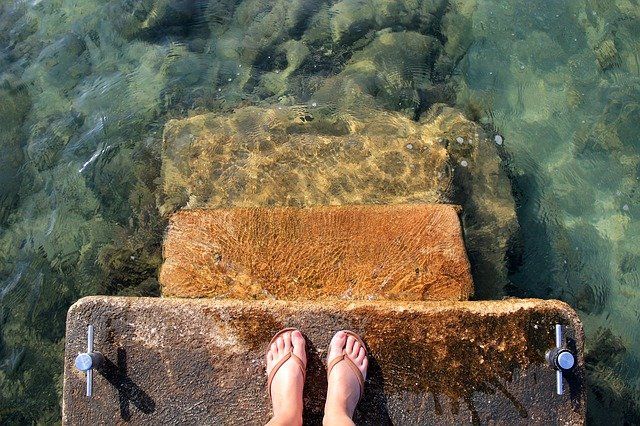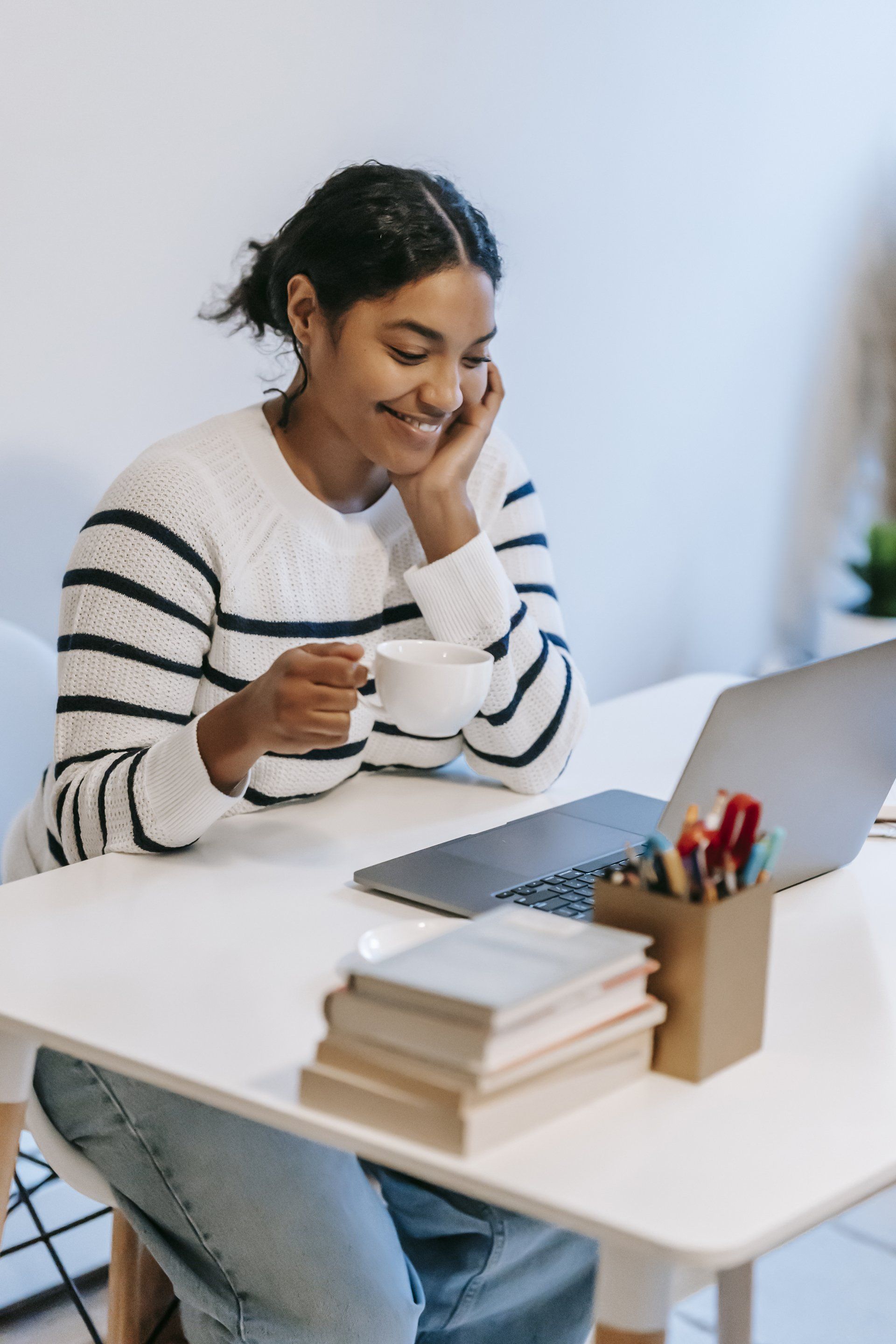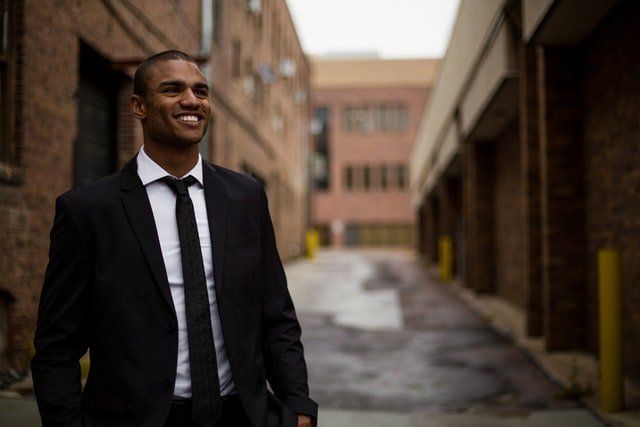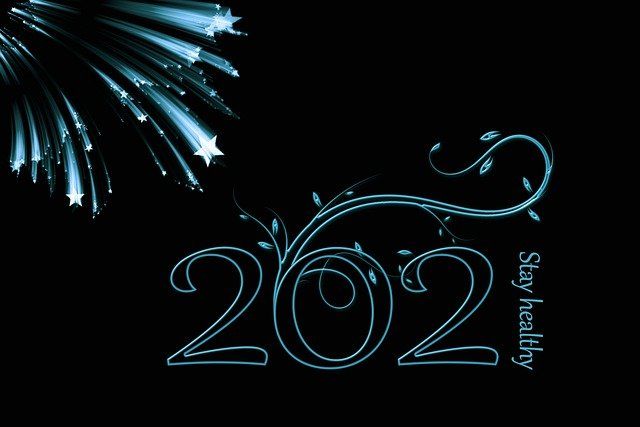Communicating with Your Creativity: Creative Impulses
The Creative Impulse (im’ puls), n. the influence of a particular feeling or mental state; a sudden, involuntary inclination, prompting to action; an impelling action or force, driving onward or inducing motion.
I talk a lot about the creative impulses constantly streaming in and out of our bodies with my clients and I just couldn’t resist writing about it.
Sometimes these impulses are dominated by tension, sometimes by relaxation, and other times they serve as the driving force behind our creativity. Creativity, like other impulses, can be part of a deliberate process, or it can be completely unconscious.
Don’t be fooled into assuming creativity is just for artists!
If you’re not an artistic person, think of creativity as “problem-solving” and you’ll see that it’s hard-wired into our biology. We humans always try to make a better mousetrap—we tinker, noodle, fix, figure out, solve, test and try something over and over until we’re satisfied with the improvement. The creative impulse has us puzzling over existing ideas or forms until we imagine entirely new ones.
Sometimes an idea hatches out of the blue— the ecstatic “ah ha!” that comes in the shower, or lying in bed, drowsy and half-awake. Other times, we can only wish an answer would appear— but not even persistence and dogged determination go anywhere but to a dead end. And often, when we throw up our hands in defeat, an unleashed impulse of insight takes a flying leap over frustration to a surprising new possibility.
After struggling and trying, the sudden solution to a thorny problem arrives in a flash of inspiration: the flow has begun, the creative connection lets us easily make the next move on a chess board or soccer field or in a planning session; write the perfect line in a speech, poem or script; or see how to resolve a conundrum—in a relationship or mathematical equation.
Creative impulses connect old ideas in startling new ways—and while our efforts are both conscious and unconscious, that leap of insight is a pure gift of the subconscious.
The creative process can be unpredictable and is not easily defined.
Sometimes the act of creating feels like making magic. Those are the times when I have to get out of my own way and trust that I know what I know. At other times, I’ve planned every step and then the creative process begins to unfold—or not.
We all have the capacity to create magic! After all, each one of us is an original, and the number of ideas infinite—but we can lose sight of our original potential when we’re afraid that what we have to offer isn’t enough.
Creativity and the ability to express ourselves work hand-in- hand. One of my main goals is to teach people not only how to express themselves but how to use that expression to launch their own creativity.
Take part in your own creative process. Never ignore your creative impulses. Instead, find the magician that’s alive in you, and find what brings that energy out. Along the way, you’ll learn to make friends with frustration and getting stuck because you’ve learned to have faith that you will get to the other side.
Looking to act on your creative impulses with more clarity and confidence? I’d love to help you and share what I’ve learned over the past 30 years of helping others to speak, communicate and present with greater success.
Laurie Burton Training Blog
